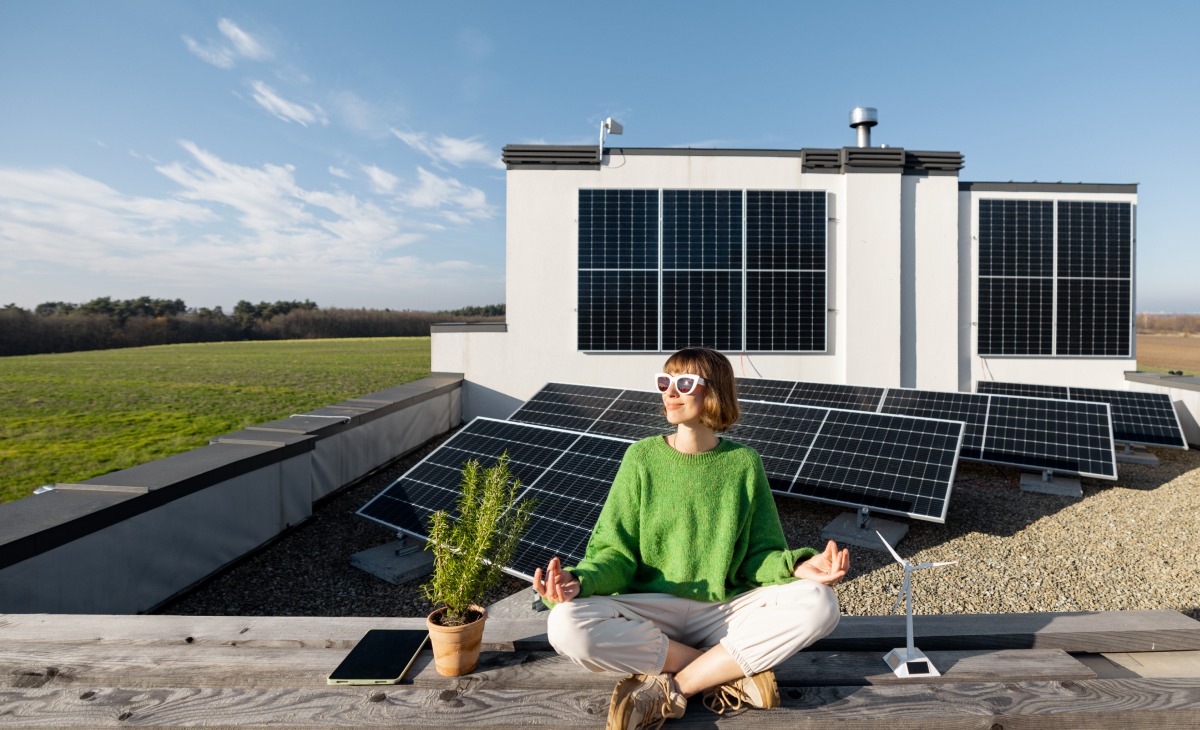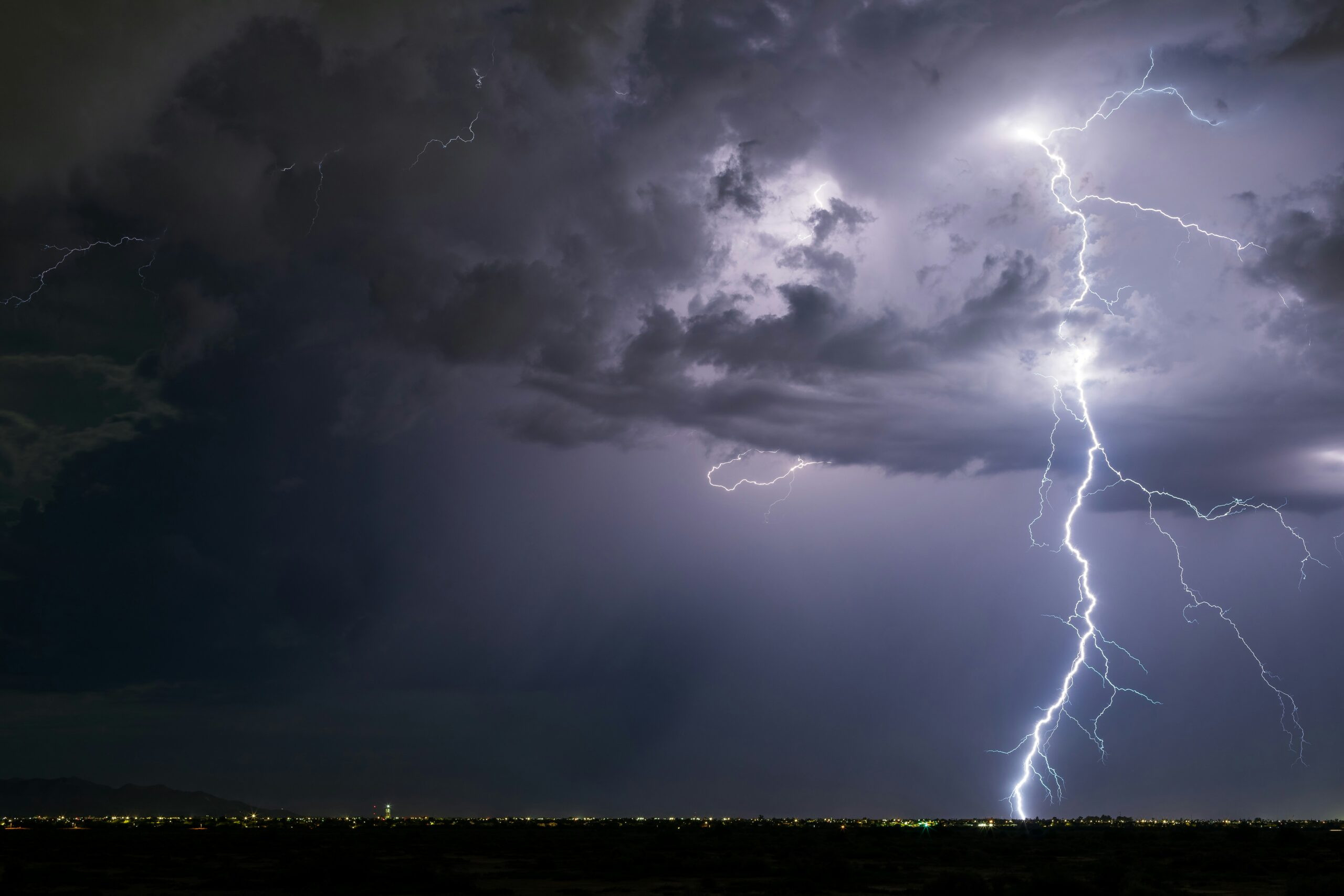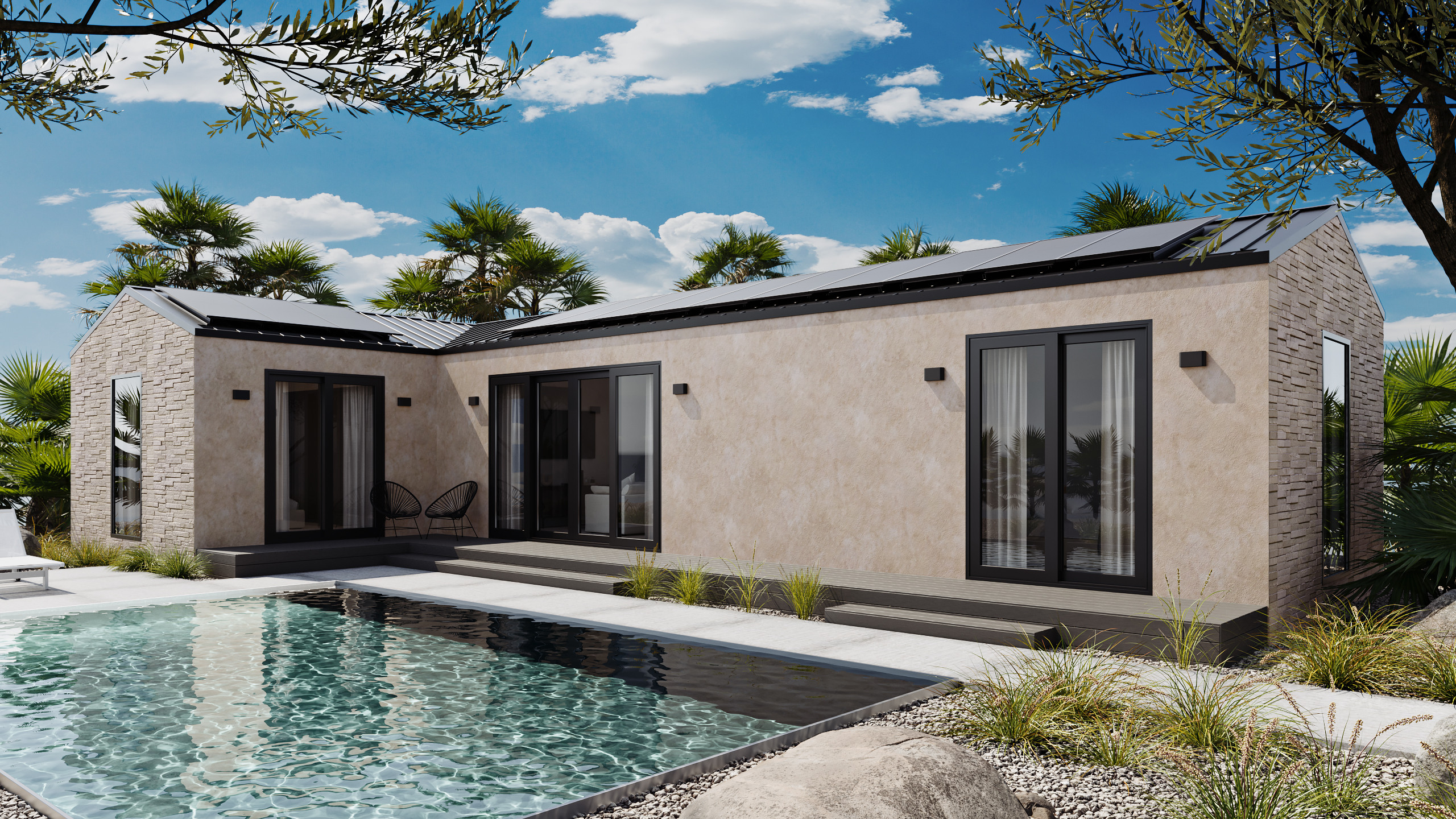Solar energy 101: A guide to light your way

We have enough.
Energy.gov says the amount of sunlight that strikes our big blue planet’s surface in 90 minutes could handle the entire world’s energy consumption for a whole year.
Harnessing that power is another matter. But we’re getting there.
With solar power costs dropping and federal incentives rising, now’s a good time for sunnier thoughts, like saying yes to residential solar power.
MarketWatch recently estimated that homeowners could save about $1,346 on their annual energy bills (and $30,000 over time) by switching to solar. All that, with no nasty greenhouse gas emissions.
More and more homeowners are making the switch.
But should you?
First, while off-grid and microgrid energy systems are entering the mainstream, for our purposes here, we’re assuming your home is connected to the grid.
Second, it helps to know the 101 on solar energy first, so let’s illuminate this thing.
How does solar energy work?
Solar radiation is light — aka electromagnetic radiation — emitted by the sun. Solar panels capture and convert sunlight into usable electricity through a process called the photovoltaic effect. Here, solar cells in the panels generate a direct current (DC) when exposed to sunlight.
That DC electricity passes through a device called an inverter, which converts the electricity to the usable alternating current (AC). You know AC as the kind of electricity that comes out of your wall outlets.
You can then use that electricity to power your home, feed back into the grid, or store in a solar battery.
What’s a solar panel?
The typical panel is about four feet wide and six feet long and is made of solar cells, which are themselves made of silicon. Wiring, metal framing, and a glass cover complete the panel. With no moving parts, the panels are pretty easy to install on your roof or in your yard with rack and mounting systems.
How many should I get?
To cover all of your home’s electricity usage, a lot will depend on where you live (sunnier climates require fewer panels to generate the same amount of energy), the size of your home, and how energy efficient your home is.
(FYI: With Momo Homes, you will already be starting with the most energy efficient design, and we have expertly designed solar packages that pair nicely with each of our floor plans. The quantity of panels offered will range from as few as 10 on a backyard cottage, to as many as 40 for our largest floor plans.)
A lot depends upon your annual electricity consumption, the wattage of your solar panels, and the estimated production ration of your solar power system.
The U.S. National Renewable Energy Laboratory (NREL) calculator can help you determine this ratio.
What’s the angle?
Solar panels perform best when facing south and installed at an angle between 30 and 45 degrees. Other positions can work, too, but produce less electricity.
Most residential systems are lie-flat systems, meaning the solar panels lie parallel to the angle of your roof. Some ground-mounted systems allow the panels to move and track the sun as it passes overhead.
How do I know it’s working?
A performance monitoring system will tell you if your investment’s paying off.
It tracks the performance of your solar panel system and provides detailed info, down to the hour, on how much electricity the system is generating, and the health of your panels.
Some monitors can track the savings you’re making, too.
What about cloudy days?
If you don’t use all the energy your solar system produces one day, you can store it on the grid and the utility will give you credit.
On a rainy or cloudy day, when your panels can’t collect enough solar energy, your home pulls energy from the grid. The utility counts that energy against the credits you’ve banked over time. You’re only billed for your “net” energy consumption.
Net energy metering, or NEM, is a deal between utility companies and solar energy system owners like (potentially) you, and it’s the solar industry’s foundational policy. The agreement does depend upon practices and policies specific to your state and utility company.
Should I go for it?
More and more, the answer is yes.
But a lot depends upon your home and location, and you’ll definitely want to start with an assessment. This will measure your home’s solar potential to ensure maximum efficiency and cost-effectiveness.
An assessment would cover a few factors like: sunlight exposure, the condition and slope of your roof, and your household energy consumption.
Financial considerations include: solar system costs; financing options like loans, leases, or power purchase agreements; federal, state, and local incentives, tax credits, or rebates; and net metering availability.
Is solar ready for prime time?
We think so. Here at Momo, solar panels are part of how we’ll realize our vision of precision engineering, minimal waste, efficient processes, and affordable style.
Check out our ideas for how we’ll leverage technology and spark your own vision of a better home.
Cheers,
Mike
Mike McAllister is head of story for Momo Homes.
Track the global transition to sustainable homebuilding.
Subscribe to the Momo Focus newsletter.






